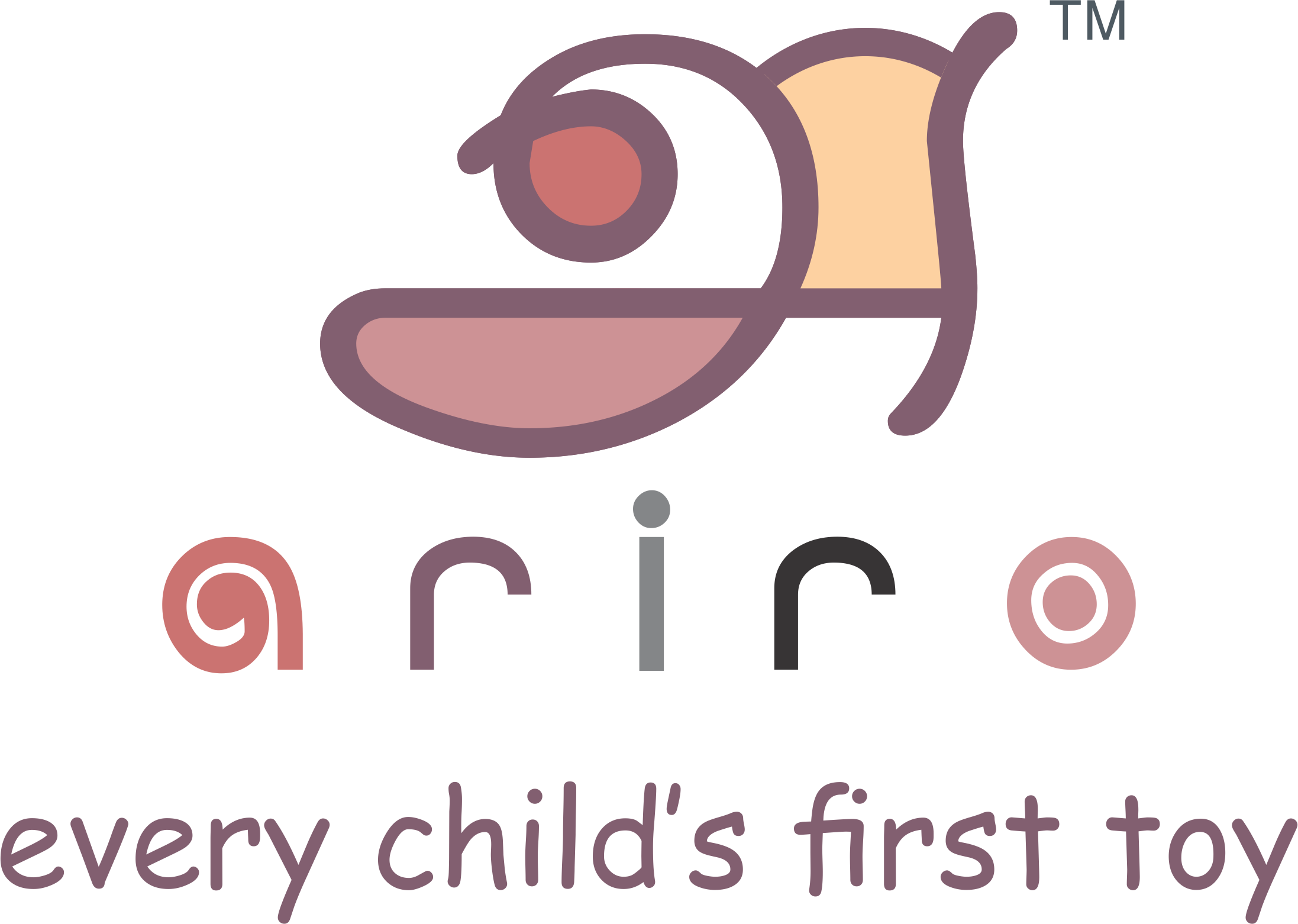
Art enables children to express themselves, develop their creativity and problem-solving skills, and improve their hand-eye coordination. Art is a way for children to learn about the world around them and to develop their individuality and self-expression. Art also plays a role in the development of language skills in infants and toddlers. Using art materials, such as crayons and paint, children can express their ideas and thoughts in a visual form. This helps them develop their vocabulary and learn about the relationship between words and objects.
When we think about introducing babies and toddlers to art, we usually feel they are too young to understand it or participate in it. But that is where we need to change our mindset. Babies and toddlers are sensorial learners and art is a wonderful way to let them experience the world and learn about it using their senses.

Here are some ideas on what you can do to expose your babies and toddlers to art and help them appreciate the different genres.
- Hang art at their level – start with realistic photographs and move on to realistic paintings and then abstract paintings.
- Make short visits to museums and art galleries – you do not have to spend too much time explaining the art pieces to them. Since they are sensorial learners, they will observe and absorb what they want from the pieces. Be patient till they show interest and move on once they are done. Make multiple visits to the same place as young children love familiarity and repetition.
- Consciously choose to have handmade artefacts at home that are made of different materials like wood, metal, fabric, ceramic, and glass. Conversations around these or just sensorially experiencing them helps children understand and appreciate their value and the potential of the human hand.
- Have a variety of children’s books with a range of illustrations like line drawings, watercolor, oil paintings, charcoal, block print, pencil sketches and digital art to expose children to various art genres and inspire them to create their own work.

At the infant and toddler stage, art is primarily exploratory and experiential. This means that young children participate in art because they are drawn to the process – the feeling of holding a crayon and moving it on the paper, the texture of paint on their fingers and the way glue makes two pieces of paper stick to each other. They do not care for the final product, that is, they do not aim to create a particular kind of drawing or painting when they are doing art. They simply enjoy the process of exploring the process of creation and using the medium.
As adults, it is necessary that we understand the developmentally appropriate way to introduce art to young children. We must not question what they are doing, but we must prepare an environment that gives them the freedom to explore art at their time and pace. At this stage, we do not ask a child what they have created as they may not be conscious about it themselves. Instead, we can describe what we see, for example, I see you have used a lot of purple today and you have filled up the entire sheet. You could ask the child if they want to tell you about what they have done and respect it if they wish not to tell us.
When it comes to setting up art activities at home, the idea is to keep it simple and accessible. Here are some ideas to try with your child.

- Crayon - In a tray, set up 1 chunky crayon, 1 piece of thick paper and a work surface like a writing pad . As your child gets comfortable with this, you can increase the crayons to 2 or 3 colours.
- Paint - 1 colour of non-toxic paint, 1 thick paint brush and a paper to paint on either in a tray or on an easel. Make sure to include an apron and a sponge to clean up spills.
- Clay – In a small box set up a small box of natural clay or homemade play doh, a board to work on and a sponge to clean up.
- Set up a collage or gluing work using an art box. This includes some simple shape cut outs, a gluing brush, a bottle of glue and a piece of paper to stick it on.
The role of art is crucial for the development of infants and toddlers. Through art, children can express themselves, develop their senses, language skills, and social skills, and improve their fine motor abilities. This hands-on approach allows children to explore and discover the world around them on their own terms, fostering their natural curiosity and creativity.








